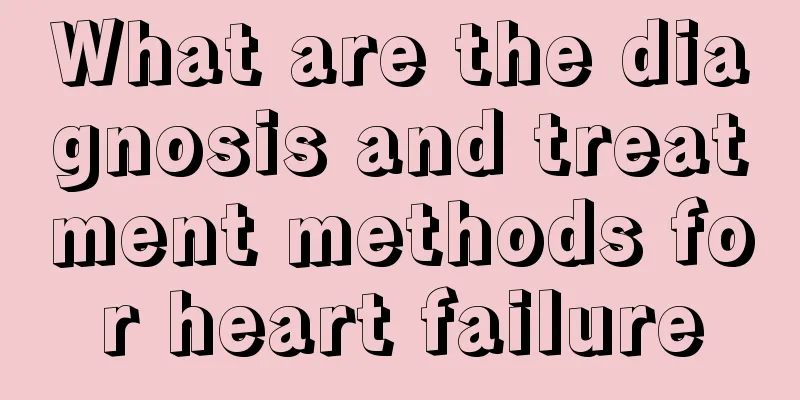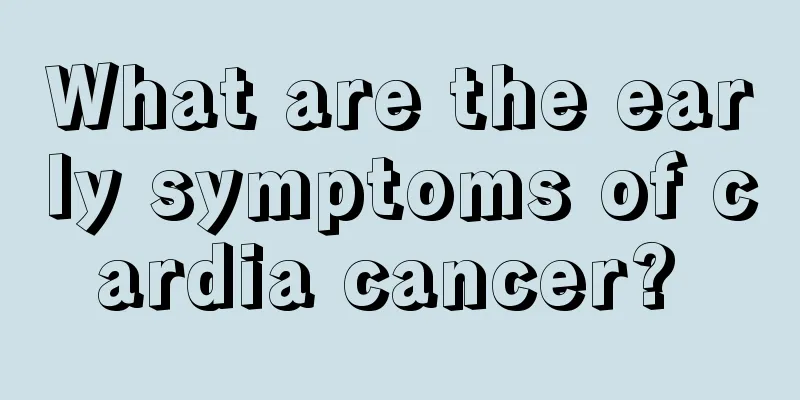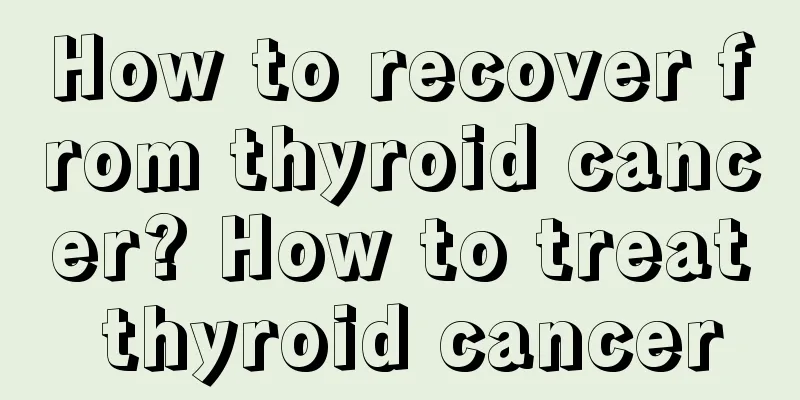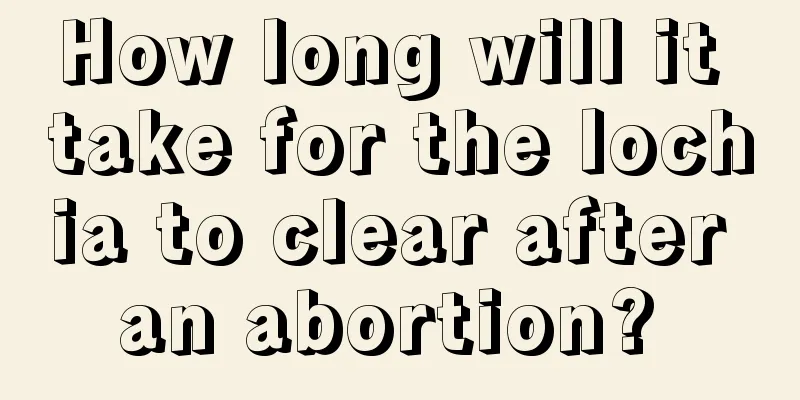What are the diagnosis and treatment methods for heart failure

|
When suffering from heart failure, you must pay attention to the common symptoms and make judgments and adjustments based on these symptoms. For example, some patients may show symptoms such as difficulty breathing, coughing, or coughing up phlegm and blood. Some patients may also often feel dizzy and weak. You must pay attention to the correct drug treatment. (1) Symptoms 1) Different degrees of dyspnea: ① Exertional dyspnea: It is the earliest symptom of left heart failure. ② Sit upright and breathe. ③ Paroxysmal nocturnal dyspnea, with wheezing in severe cases, is called "cardiac asthma". Most of the symptoms can be relieved by themselves after sitting and resting. ④ Acute pulmonary edema: It is a further development of "cardiogenic asthma" and the most serious form of dyspnea caused by left heart failure. 2) Cough, sputum, and hemoptysis: characterized by white serous and foamy sputum. Blood may occasionally be seen in the sputum. Once a blood vessel ruptures, it can cause severe hemoptysis. 3) Fatigue, tiredness, dizziness, and palpitations. 4) Oliguria and renal impairment: Long-term chronic reduction in renal blood flow can lead to increased blood urea nitrogen and creatinine and corresponding symptoms of renal insufficiency. (2) Physical signs 1) Moist rales in the lungs. 2) Cardiac signs: In addition to the inherent signs of underlying heart disease, patients with chronic left heart failure generally have cardiomegaly (except for pure diastolic heart failure), hyperactive second heart sound in the pulmonary valve area, and diastolic gallop rhythm. 3) Pulse alternans: can be seen in some patients. (3) Special inspection 1) Chest X-ray: enhanced vascular shadows at the hilum, blurred lung fields, Kerley B lines, and butterfly-shaped hilum. 2) Echocardiogram: Normal left ventricular ejection fraction (EF value) is > 50%, otherwise it indicates left ventricular systolic dysfunction. 2. Diagnosis of right heart failure 1. Etiological treatment: including treatment of basic causes and predisposing factors. 2. General treatment: rest, control sodium intake, etc. 3. Medication Application of diuretics: For long-term maintenance, after edema disappears, it should be used indefinitely at the minimum dose. Commonly used ones are: ① Thiazides: represented by furosemide, 25 mg for mild heart failure, twice a week, or once every other day, no need to add potassium salt; for more severe heart failure, the dose can be increased to 75-100 mg/day, taken in 2-3 times, and potassium salt should be supplemented at the same time; ② Loop diuretics: represented by furosemide, 20 mg orally, reaching the peak in 2-4 hours, and for severe heart failure, the dose can be increased to 100 mg, twice a day. If the effect is not good, intravenous injection of 100 mg, 2 times/day can be used. Attention must be paid to potassium supplementation. ③ Potassium-sparing diuretics: commonly used is spironolactone 20 mg, 3 times/day. |
<<: What causes breast pain at 60?
>>: Can gout patients eat sea cucumbers?
Recommend
What are the diagnostic criteria for liver cancer? Several diagnostic criteria for liver cancer
1. Pathological diagnostic criteria: HCC is diagn...
What are the causes of liver cancer?
When it comes to cancer, everyone will be very sc...
Analysis of the strongest carcinogen - aflatoxin
The cause of liver cancer is not only related to ...
I woke up with pain in the middle of my spine
After a day of non-stop running and busyness, lyi...
At what stage does nasopharyngeal carcinoma cause nasal congestion
At what stage does nasopharyngeal carcinoma cause...
What causes breast cancer
The causes of breast cancer are closely related t...
How to prevent severe teratoma
Ovarian teratoma is a common ovarian germ cell tu...
Acne treatment methods for middle school students
Everyone knows that today's middle school stu...
Bacterial infection but low white blood cell count
If a bacterial infection occurs and the white blo...
How to prevent liver cancer? To prevent liver cancer, we need to do three checks and four treatments
We will find that there are many "liver canc...
How to prevent lung cancer in daily life and do 5 things to stay away from lung cancer
Lung cancer is one of the most common diseases in...
What should I do if I have herpes on my eyelids? How does traditional Chinese medicine treat
Herpes on the eyelids is also a common type of sh...
How to choose bb cream
Nowadays, most women pay more and more attention ...
How is chemotherapy for colorectal cancer performed
How is chemotherapy for colorectal cancer perform...
Why do I always get sores on my buttocks
In daily life, many people's jobs usually req...









